-Sayantan Basu Mallick
-Guest Post
With technological advancement and artificial intelligence, we are now in a threshold of the concept of IoT or the Internet of Things. Our guest blogger, as well as our website developer, Sayantan Basu Mallick, explains his project using Arduino technology.
To contact him or to know more about his work, leave your message in the comment box.
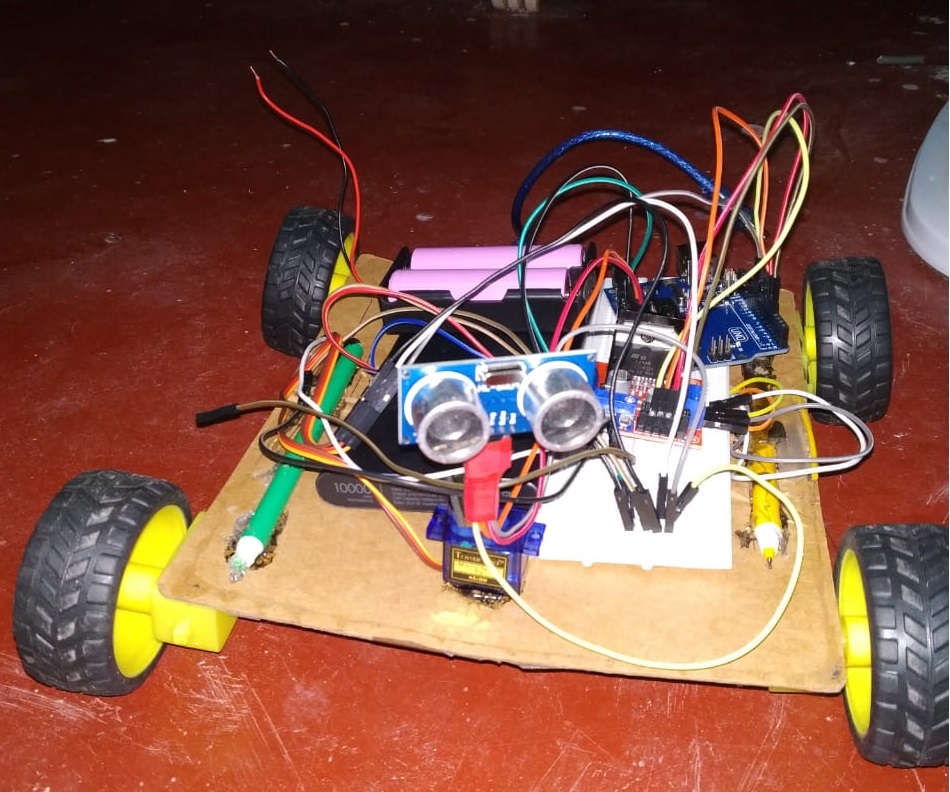
What is IoT?
The IoT refers to devices’ connection (other than typical fares such as computers and smartphones) to the Internet without requiring human-to-human or human-to-computer interaction. The interconnection using the Internet of computing devices is embedded in everyday objects, enabling them to send and receive data.
Organizations have to find out a way to store, track and analyze vast amounts of data generated every moment, or else it’s all in vain.
So, what is the use of IoT?
Let’s see the implications of IoT here. Imagine a smart car and a smart city grid start talking to each other! It means traffic flow optimization because instead of just having stoplights on fixed timers, we’ll have smart stoplights responding to traffic flow changes. Drives can get informed about traffic and street conditions and reroute around congested or blocked areas.
We have sensors keeping an eye on and tracking all sorts of data. The cloud-based apps translate that data into valuable intelligence and pass it on to machines on the ground, enabling flexible and real-time responses. And thus, we see smart bridges, smart cars.
How does the Internet of Things function?
A sensor is not a machine. It doesn’t do anything in the same sense that a device does. It gathers, gauges, and evaluates data. The Internet of Things comes together with the connection of sensors and machines. So, we can say the actual value that the Internet of Things generates is at the intersection of gathering data and leveraging it. All the information collected by all the world sensors isn’t worth very much if there isn’t an infrastructure to analyze it in real-time.
Using Internet transfer protocols, IoT devices connect with each other and transmit information. So, the Internet of Things serves as the bridge between the devices’ sensors and the data networks.
Some of the top IoT platforms on the market today:
Cisco IoT Cloud ConnectSalesforce IoT Cloud
Without cloud-based applications to interpret and transfer data acquired from all sensors, the Internet of Things cannot function. Cloud computing makes the apps work for you anytime, anywhere app.
IoT in everyday things
At Home
IoT can help in building an efficient house, programmed to save energy and make your lives more convenient. Imagine alarm clocks synced with traffic apps; heating systems with external temperature sensors – all will add up to your cost benefits.
Radical effect on waste management
You can save on utility bills with the seamless integration of light, heat, and air conditioning that reacts. You can understand your food consumption pattern and plan accordingly. How? Anything that your keep in your fridge for long will be recorded, helping you examine the trends and patterns.
Daily commutation
When intelligent traffic detectors inform us of the route, we can select the shortest route to work/ home and so on. To keep us safe, sensors around our city can alert us of any potential dangers, like accidents, proximity alerts around the vehicle, terrible weather, etc.
For personal health
A long list of wearables is now available in the market. We can track a lot about ourselves like our sleeping patterns, nutritional balance, doctor’s appointments, check-up schedules, exercise programmes, etc. Furthermore, 3d-printed wristbands for reading vital signs are in development.
In sport
The Internet of Things devices and wearables will be all about performance efficiency. Using these hands-free devices, you can track your progress, errors, power, agility, overall cardiovascular fitness level and any other variable that you can think of.
The above examples speak volumes about the Internet of Things’ potentials. The more creative we can be with sensors, the more valuable the information it will provide us. If trends in development are anything to go by, then just wait, as the best is yet to come!
We are still at the nascent stage of the transformational journey. But, very soon, every device that you own and nearly every gadget you can see will be connected to the Internet. Be it through your mobile, wearable devices, or household objects; the IoT will connect us in ways we yet to find out.
Better management of energy, water, transportation, and safety will bring us closer to our surroundings and capture our imaginations for urban bliss – a fully integrated, smart, sustainable city.
Challenges of the Internet of Things
If one thing that can come in the way of the Internet of things from transforming our way of living and working, it is a threat to security.
While the IoT opens up the doors to endless opportunities, it certainly doesn’t come without challenges. But, don’t you think it depends on us? Only time will say how we use it for the betterment of mankind!
Now Let Us Understand Arduino and see Sayantan’s Project
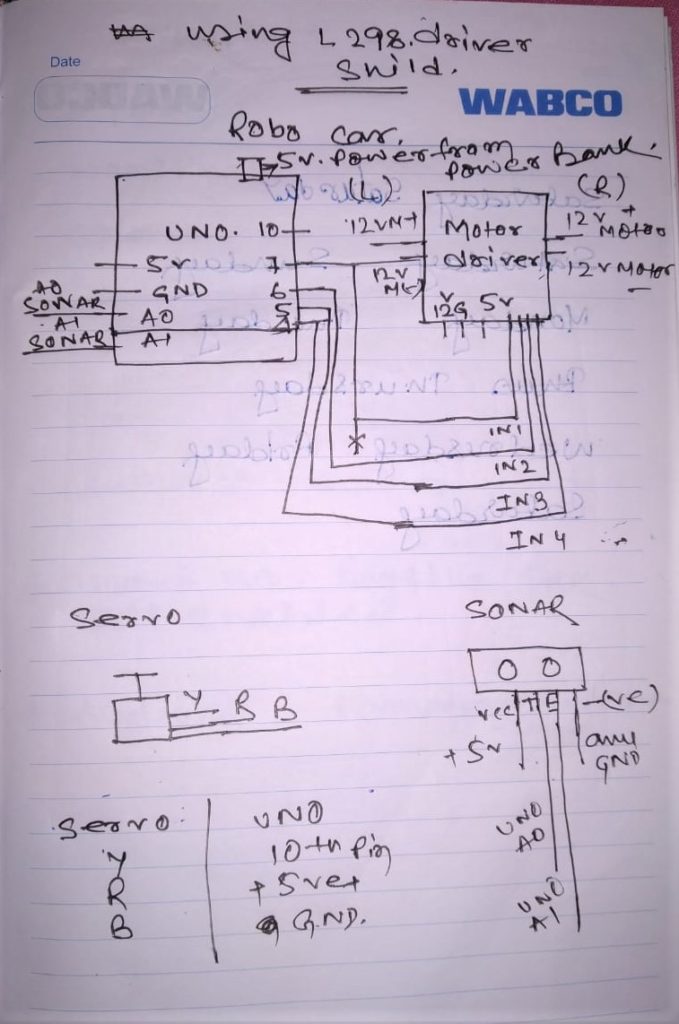
About Arduino technology
Arduino is an open-source electronic platform to build electronic projects for our daily life like smart homes, smart drawers, smart soap dispensers, etc. Also, you can build smart toys for you kids and help to build toys like self-driven, obstacle sensing car.
Things used to make an Arduino Car
Arduino UNO
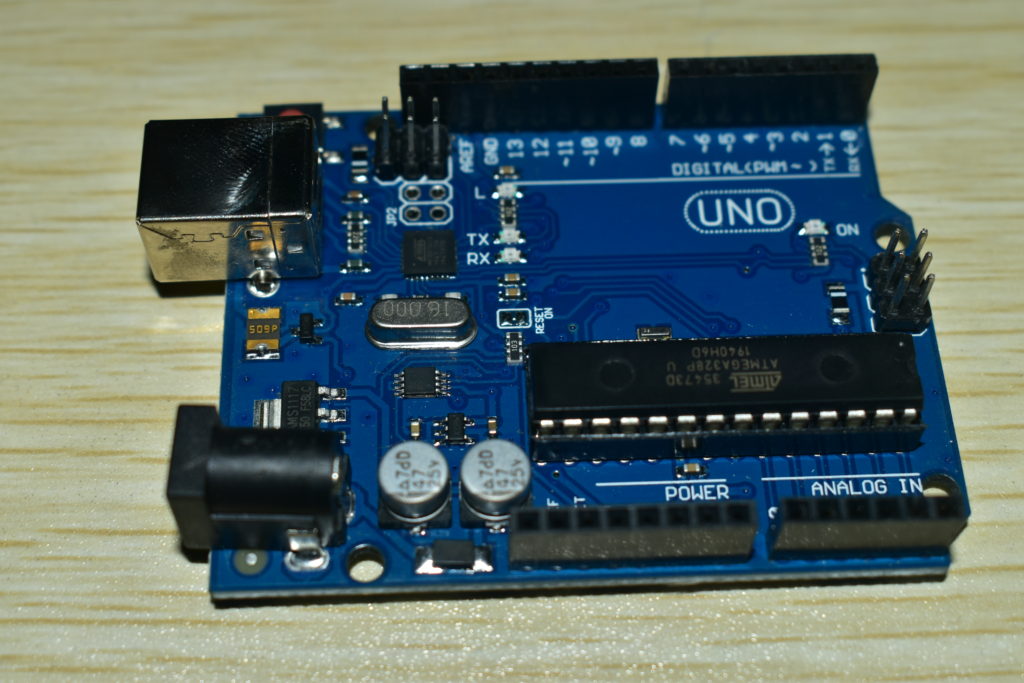
Arduino Uno Rev3 is a microcontroller board based on the ATmega328P, an 8-bit microcontroller with 32KB of Flash memory and 2KB of RAM. It has all that you need to support the microcontroller; just connect it to a computer or laptop with a USB cable or power it with a AC-to-DC adapter or battery and it’ll start.
L298 2A Dual Motor Driver Module with PWM Control
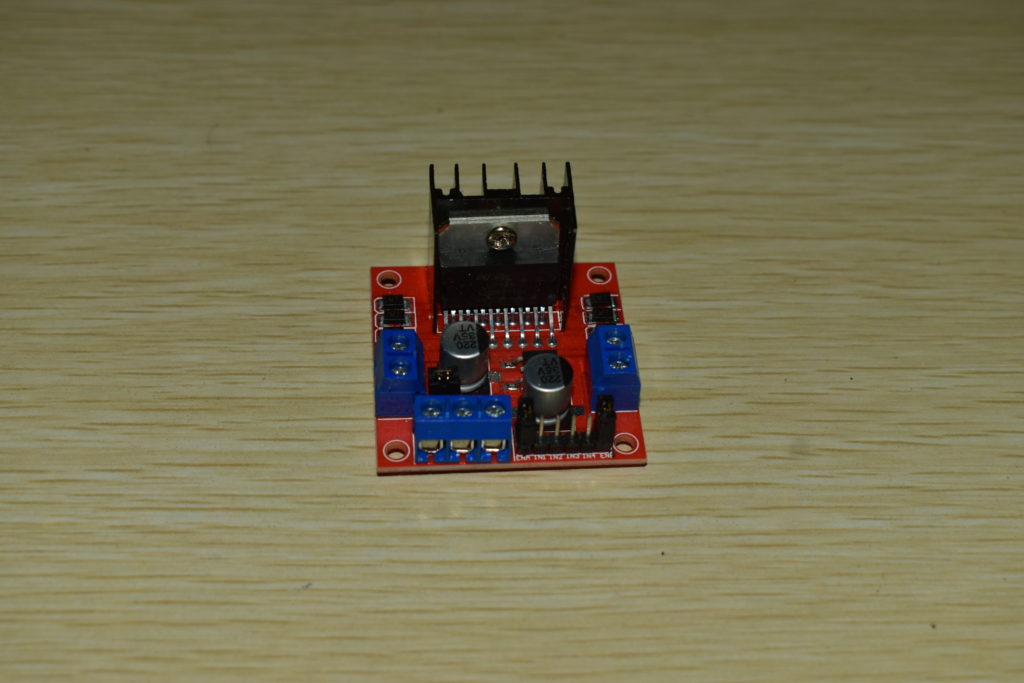
The Motor Shield is a driver module for motors. It helps you to use Arduino to control the motor’s speed and direction. Based on the Dual Full-Bridge Drive Chip L298, it can drive two DC motors or a step motor.
Ultrasonic Distance Sensor Module – HC-SR04
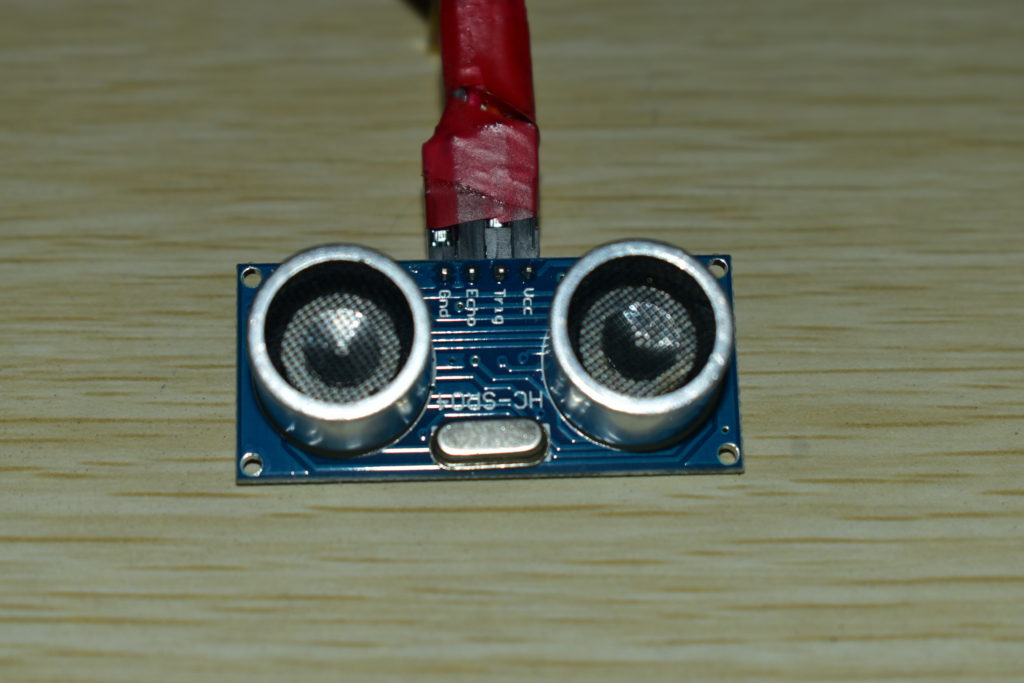
Just like bats, the HC-SR04 ultrasonic sensor uses SONAR to ascertain the distance of an object. It offers great non-contact range detection with precise accuracy and steady readings in an easy-to-use package starting from 2 to 400 cm or 1 to 13 feet.
Servo Motor
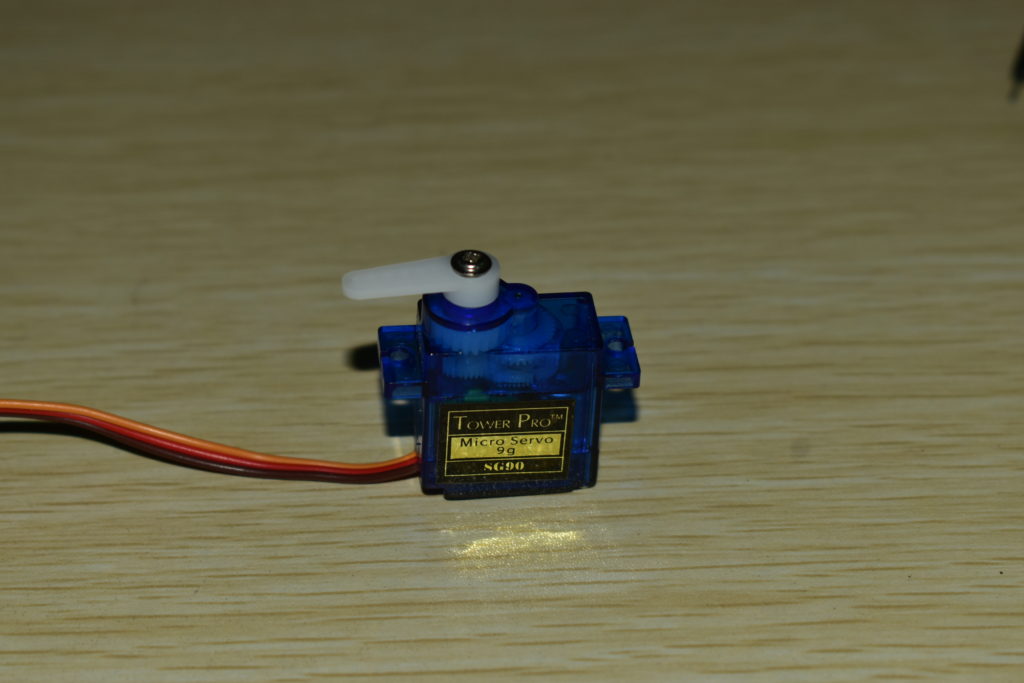
A Servo Motor is a small device with an output shaft that can be placed at specific angular points by sending the servo a coded signal. As long as the coded signal lives on the input line, the servo will maintain the angular position of the shaft.
DC Motors 4 pcs
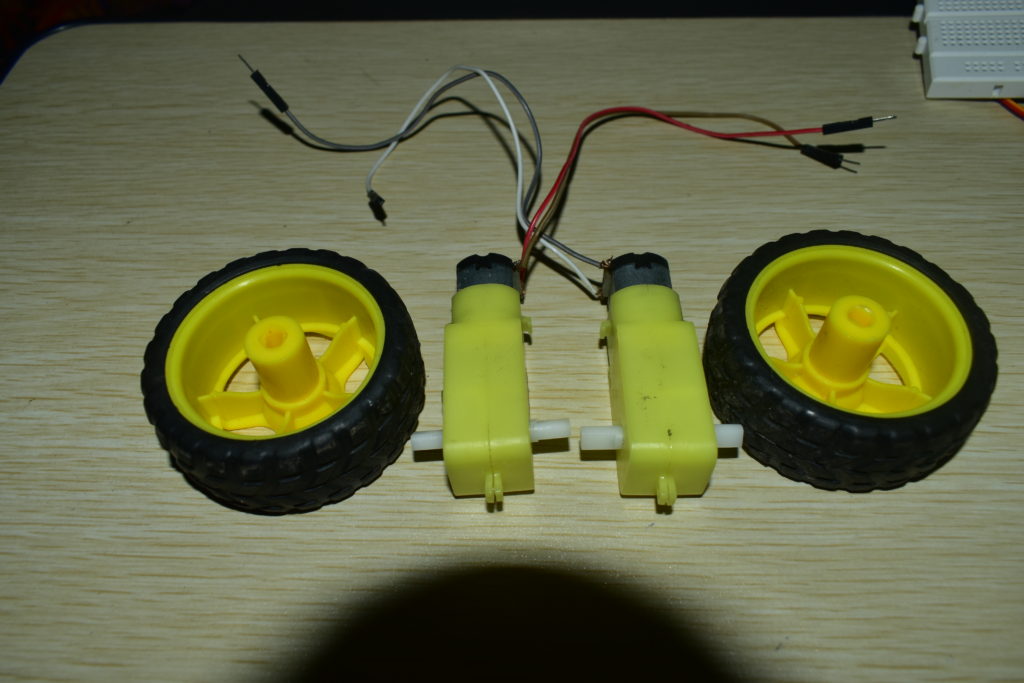
You can control a DC motor by attaching a L298 bridge IC to an Arduino. And a direct current (DC) motor is the most common type of motor. If you want to control the direction in which the DC motor spins without affecting the way that the leads are connected, you can use a circuit called an H-Bridge.
Breadboard, Battery, power bank some jumper wires
About Sayantan Basu Mallick
Sayantan is an IT enthusiast by passion and profession. He loves to do Computer Programming building new automated projects. His thirst for learning new solutions is never-ending. He also has a keen interest in photography and music. So, if you want to know more about him, click here.
Disclaimer: The opinions expressed in this post are the personal views of the author. They do not necessarily reflect the views of www.kolkatafusion.com. Any omissions or errors are the author’s and KolkataFusion does not assume any liability or responsibility for them.

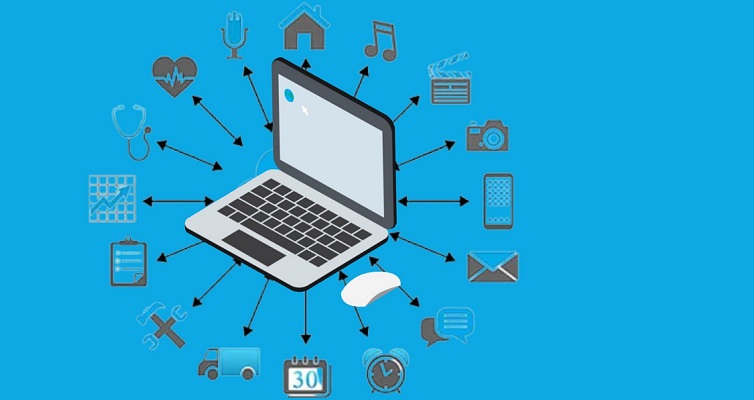
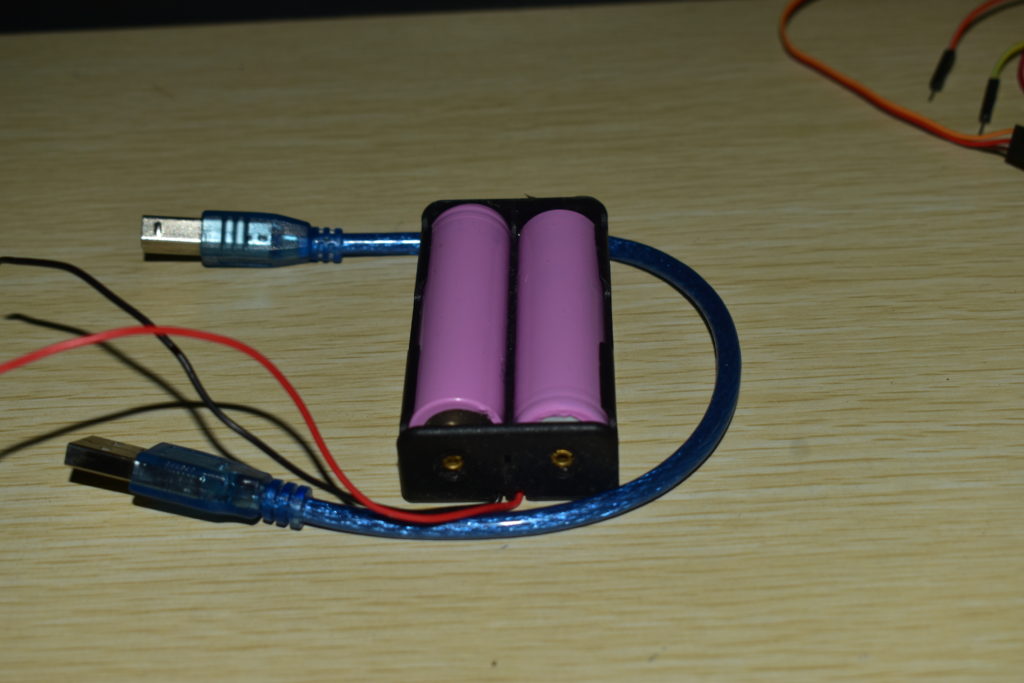
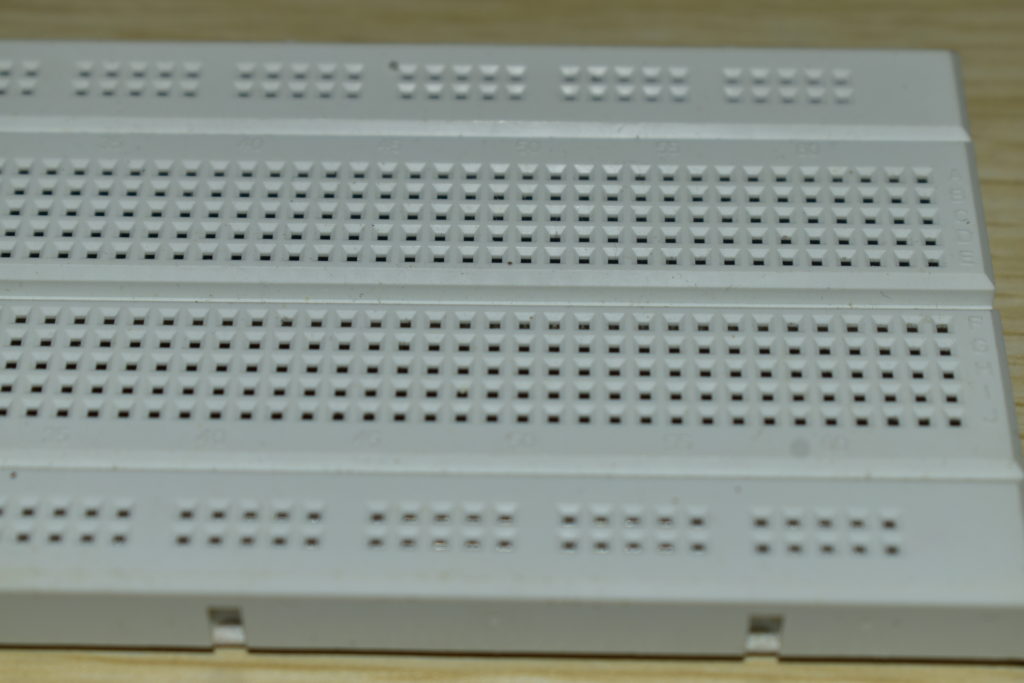
Good Post. Are you planning to continue this topic in later blogs? If yes, then can you please provide some more technical information on IoT like how the software and hardware interfaces interact?
Hi Rajarshi,
Happy to know you enjoyed our article. We would love to write more on this topic. You can also personally get in touch with Sayantan, at sayan1290@gmail.com for any clarification.